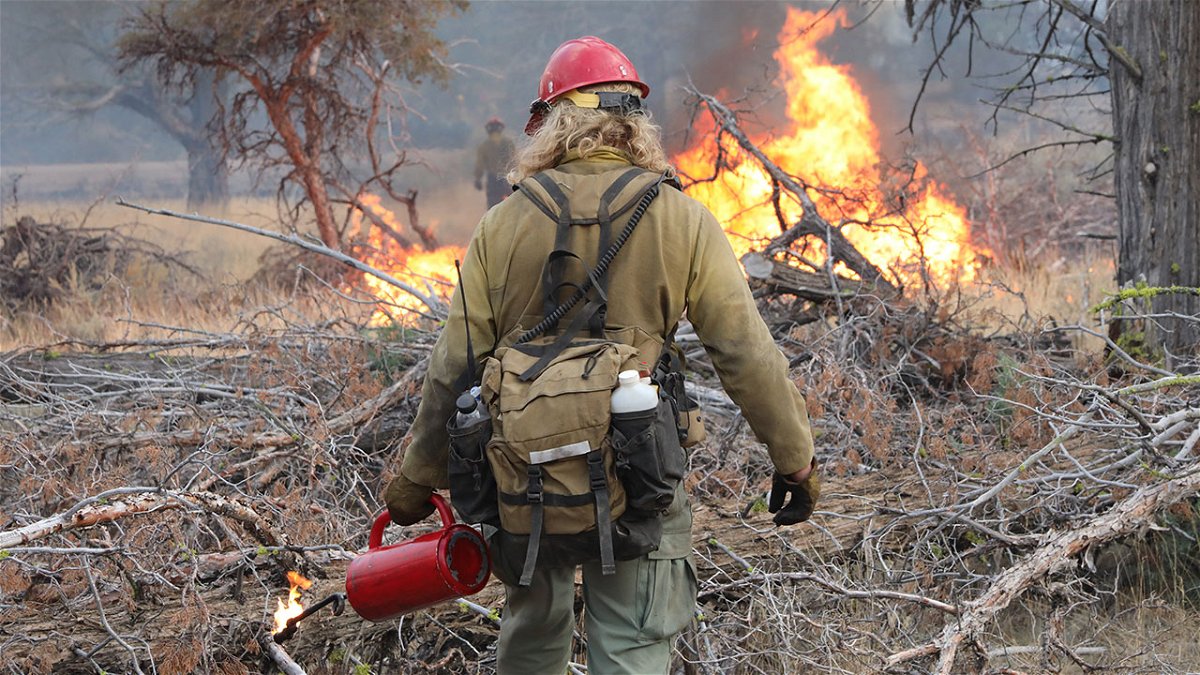BLM to conduct prescribed burns to reduce wildfire risk

BOISE, Idaho (KIFI) — The Bureau of Land Management (BLM) will conduct prescribed burns in southwest Idaho to reduce hazardous fuel accumulations, such as dry grass, limbs and shrubs through June, depending on weather, staffing, and ground conditions.
These prescribed burns enhance landscape resiliency and increase firefighter and public safety by minimizing the risk of wildfires.
- Strategic Fence Line Prescribed Burn–Expected to occur along fence lines to reduce the risk of wildland fire adjacent to roads within the Morley Nelson Snake River Birds of Prey National Conservation Area. Specifically, burn operations will target the invasive Russian thistle accumulation across 200 acres, equal to approximately 20 miles of fence line. Temporary road closures may be necessary for firefighter and public safety and will be coordinated with the Idaho Transportation Department (ITD) to ensure minimal delays.
- Bruneau Owyhee Sage-Grouse Habitat (BOSH) Prescribed Burn–Approximately 6,380 acres of previously cut western juniper is scheduled to be burned near Trout Creek Road and South Mountain Road, approximately eight miles south of Jordan Valley, Ore. Timing of this burn is dependent on cooler, damp conditions.
- Agricultural Research Services South Mountain Prescribed Burn–Roughly 1,102 acres of previously cut and cured juniper will be burned. Coordinated with Agricultural Research Service (ARS), Idaho Department of Lands (IDL), and private landowners, this prescribed burn is near Mud Flat Road and South Mountain, approximately 20 miles southeast of Jordan Valley, Ore., and six miles east of Cliffs, Idaho.
- Spring Creek Prescribed Burn–This project will burn approximately 300 acres of cut and cured juniper limbs and scrub near Juniper Mountain, approximately 30 miles southeast of Jordan Valley, Ore. These fuels will be hand-ignited clearing the way for additional larger-scale broadcast burn planned for fall 2024.
Once initiated, each prescribed burn operation is expected to last up to five days, with personnel and equipment patrolling areas for an additional five to seven days. Road closures could occur during firing operations for public and firefighter safety. Smoky conditions may be visible from large distances due to various project locations, vegetation types, topography and burning conditions.






